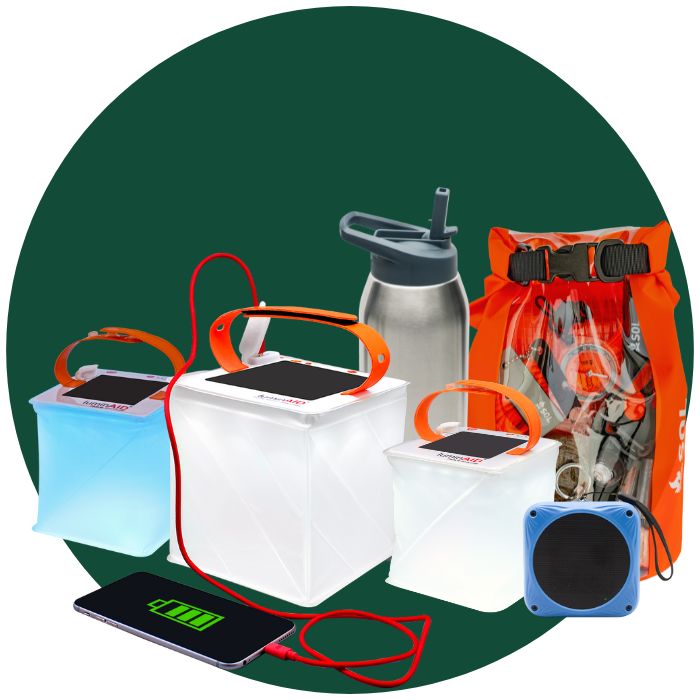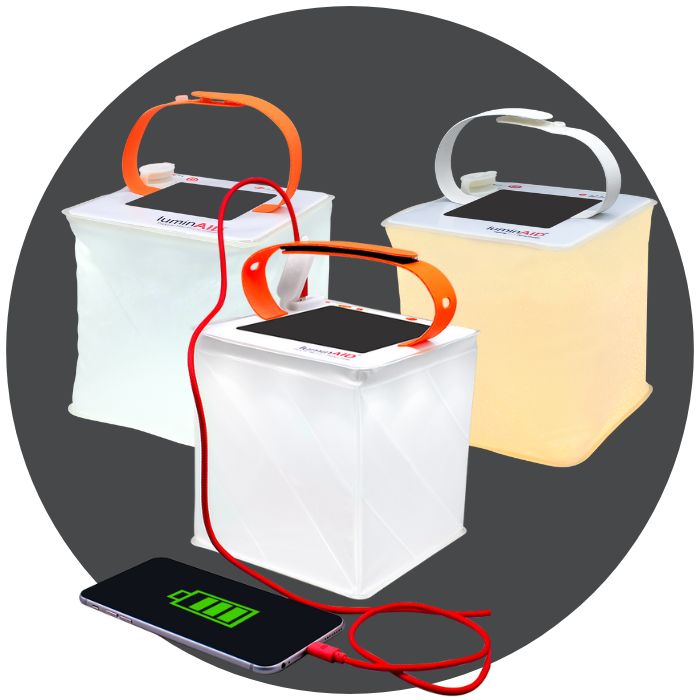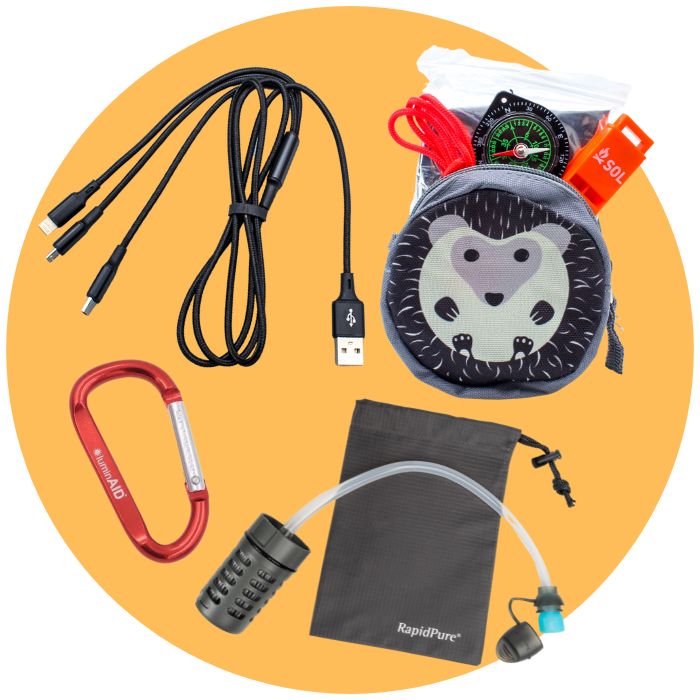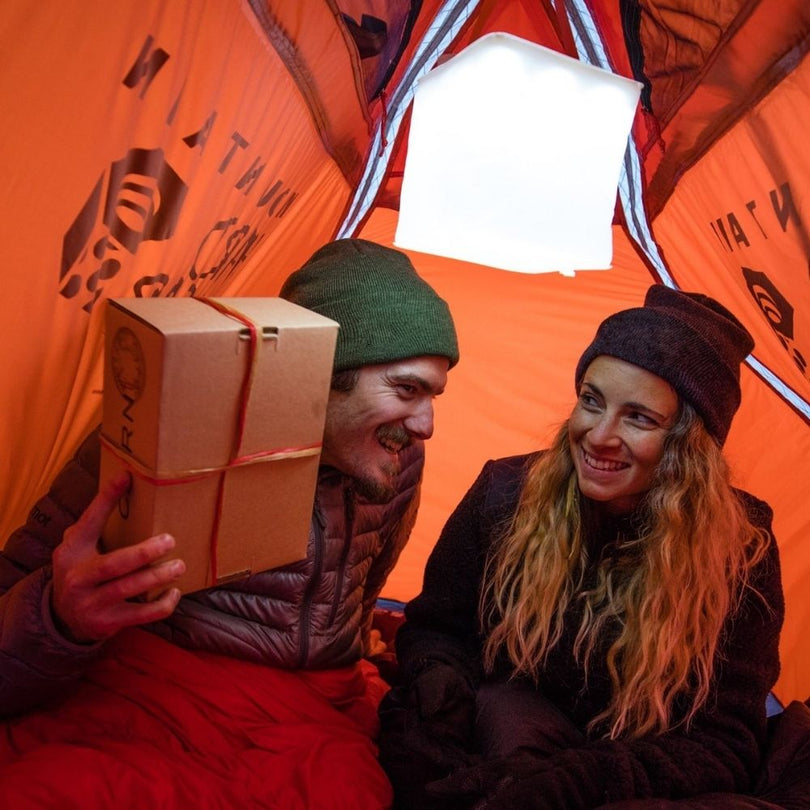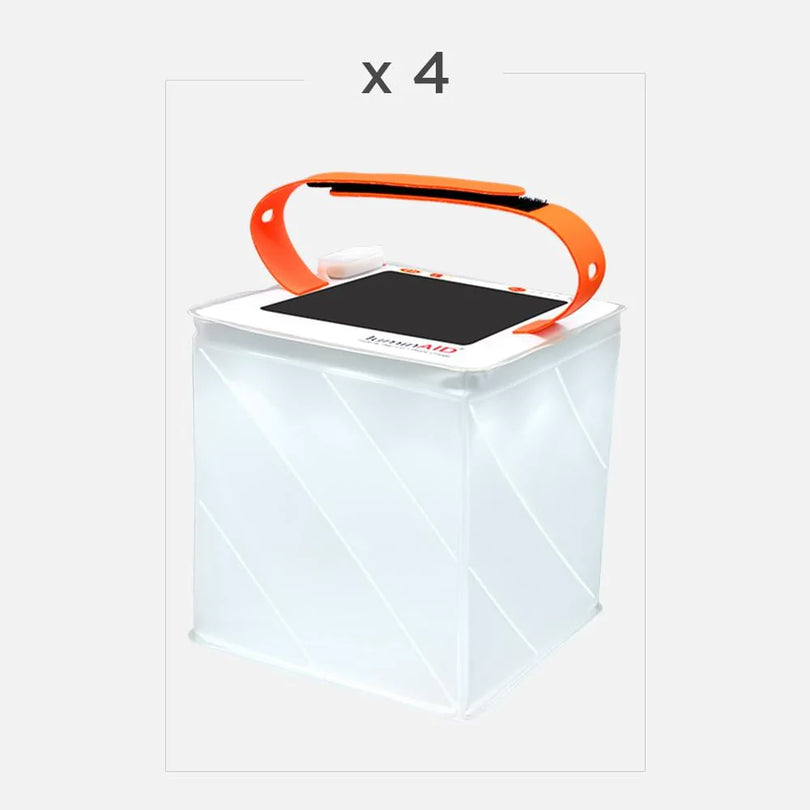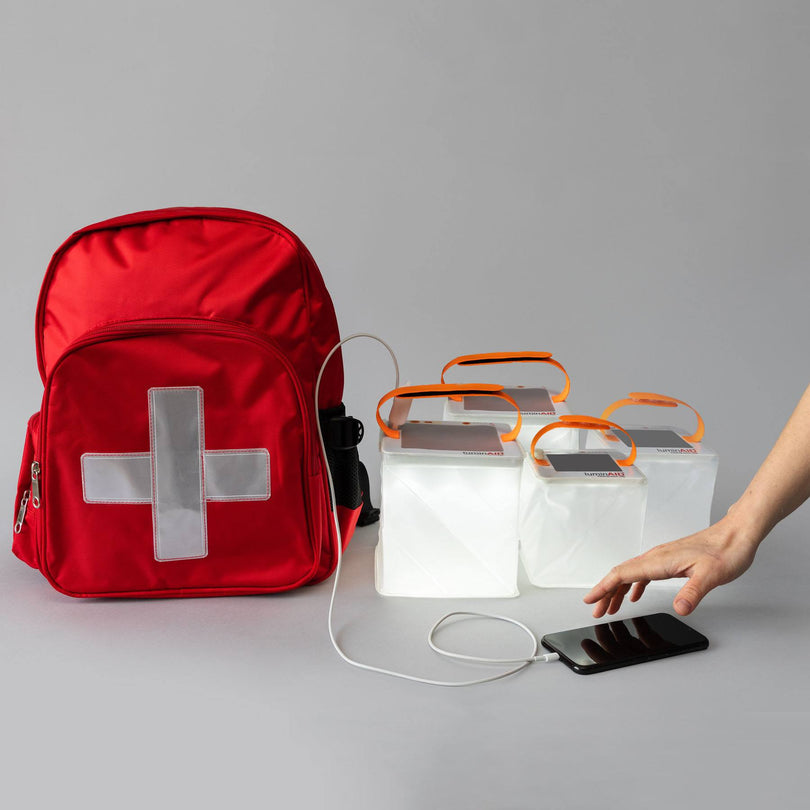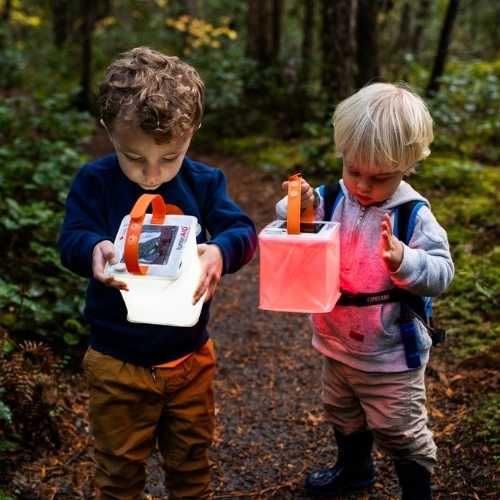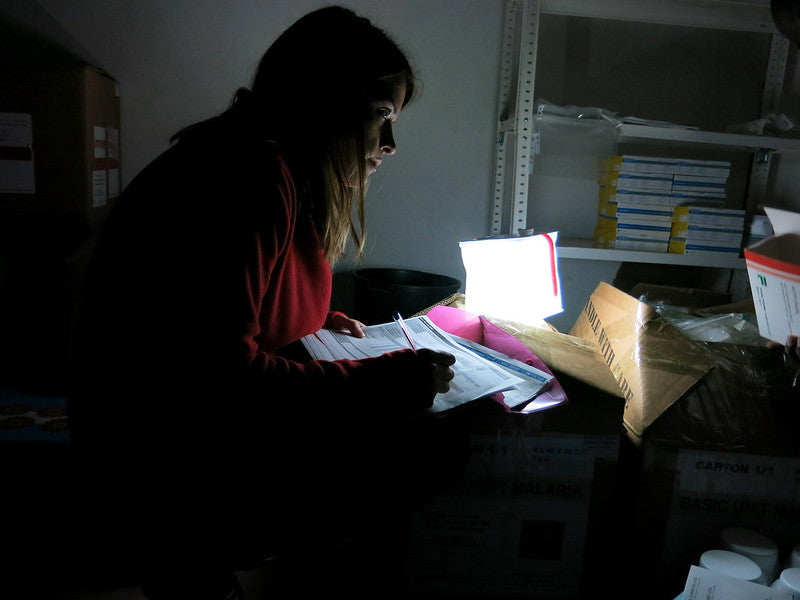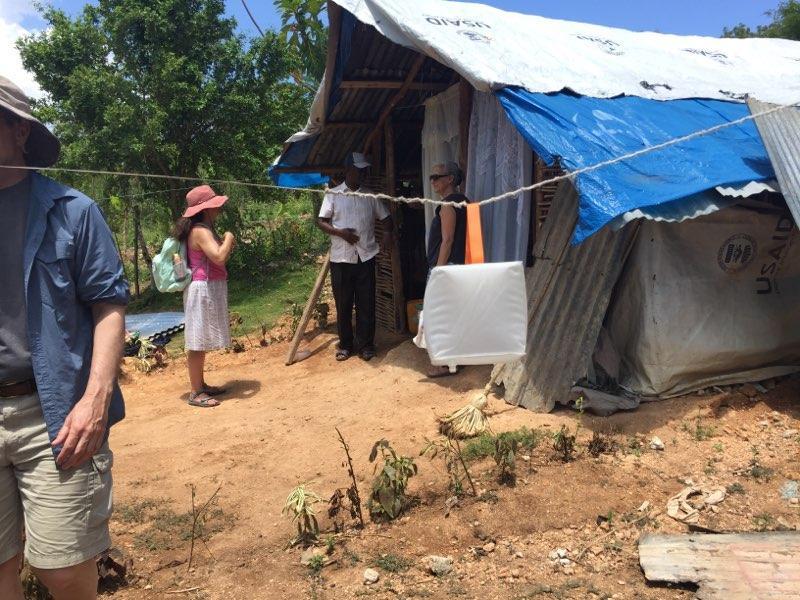In this edition of Notes From the Field, we speak with The Waterbearers, a fellow women-led organization that gives a platform to women by providing them with clean water and safety.
In 2016, three women with a passion for providing clean drinking water all around the world joined forces to achieve their vision. Jane Brinton, Erin Toppenberg, and Spryte Loriano created a fundraising campaign entitled “Get One Million People Access to Clean Water,” and donated the proceeds to WavesForWater.org. By 2017, The Waterbearers became a registered nonprofit and began distributing water filters in areas in need of a sustainable solution to obtaining clean water. Their main focus was, and continues to be, uplifting women whose families and societies expect them to routinely risk their lives to obtain water, the “water bearers” as it were. Despite being a relatively new organization, The Waterbearers has come quite a long way. Since 2016, their campaigns have funded projects in 26 countries, and their influence continues to grow as they work with other organizations who share their vision.
Most recently, Brinton and Toppenberg visited Uganda in the name of clean drinking water. They packed more than water filters, however - The Waterbearers brought with them LuminAID solar lanterns. They trained Ugandan women to use the water filters and solar-powered lanterns over the course of their trip, partaking in a day-long ceremony that illustrated the immediate effects of female empowerment. We spoke with Brinton and Toppenberg about how their method of distributing water and light caused a visible change in the women they worked with. Toppenberg explained that many of the countries they visit are patriarchal societies, in which the “men are in charge when water is distributed” by other organizations. They are the ones who receive the filters and receive the training - yet, as Toppenberg notes, in patriarchal societies such as Uganda, “women are the ones doing everything.” According to The Waterbearers, the average daily walk to retrieve water for the family is almost 4 miles, and can be risky in the darkness. Despite these facts, it is the men that are typically trained on water filtration rather than the women. The Waterbearers aim to educate women first, as they did during the day-long ceremony.
"It's not just about giving them a light. It's about giving them so much more."
As Brinton and Toppenberg taught the women how to use the filters, they noticed that they began to “[speak] on how vulnerable they felt on trips to get water” in the darkness before sunrise. When they introduced the LuminAID lanterns, the co-founders saw these admissions as moving and powerful, as the Ugandan women previously were hesitant to speak with conviction in front of the men. However, they found a new sense of freedom and autonomy over the course of the ceremony. Handing them a beacon of safety, according to the co-founders, was “like giving them life and protection, and this sense of care and compassion” in an “energy exchange” between the Ugandan women and The Waterbearers. Through providing the gift of safety, Toppenberg and Brinton helped them discover a platform through empowerment. “It’s not just about giving them a light,” Brinton explained. “It’s about giving them so much more.”

The Waterbearers have been able to provide these experiences for women around the globe by leveraging relationships with older and larger organizations - after all, Brinton and Toppenberg are only two people. Through partnerships with other nonprofits, Brinton and Toppenberg have been able to distribute water filters, LuminAID lanterns, and knowledge to communities in need. “Once we build those reliable partnerships,” Brinton said, “they’re our boots on the ground.” The Waterbearers also work with local organizations in the areas they travel to, maximizing their reach and influence around the world while growing closer with the women they aim to uplift. For example, after a monsoon devastated parts of Nepal, they were able to align themselves with local partners and send them LuminAID lanterns to illuminate the disaster relief efforts. The team recently returned from their Uganda trip, where they also installed a large-scale rain collection tank. Its impact will be felt for years to come, and is estimated to serve over 8,000 Ugandans. Here's what they created, according to their website:
"A rain catchment system was installed in Katwadee in the Masaka district. The 10,000-liter tank and gutter system was built by the Ugandan Water Project and funded by donations to The Waterbearers. This system will provide this community with safe drinking water for 30+ years. We hope to continue with more installations like this one. The results where overwhelming (sic) favorable for the filter systems, and while we cannot alleviate they’re having to walk long distances for water, we can reduce the time they have to fetch firewood, as now the water can be filtered rather than boiled."

Toppenberg and Brinton have more exciting and impactful projects on the horizon. In the coming months, they plan on creating larger water tanks and more effective filters in Sierra Leone, in addition to leading “water workshops” that continue to educate those in need of water about collection and sustainability. The Waterbearers change lives wherever they go, and the LuminAID team can't wait to see what they have coming up! Keep up with their upcoming projects and lend a helping hand at their website. Until next time!
_______________
About LuminAID's Give Light, Get Light Program
1.6 billion people around the world lack proper access to electricity. Many of these people are forced to rely upon dangerous, toxic, and expensive kerosene lanterns as their primary source of light. Through our Give Light, Get Light program, we partner with NGOs and nonprofits all over the world to distribute LuminAID lights to individuals who will greatly benefit from a safe, rechargeable light source. Including lights distributed through Give Light Get Light program, LuminAID has worked with charitable partners to put solar lights and phone chargers on-the-ground in projects in more than 100 countries. In addition to disaster relief aid, LuminAID lights have been used in schools, orphanages, and hospitals in off-grid areas.
About LuminAID's Give Light, Get Light Program
Through LuminAID's Give Light, Get Light Program and nonprofit partnerships, we work with nonprofits operating in over 100 countries. You can support more projects like this by Giving Light to sponsor a future distribution.

